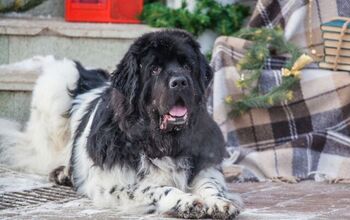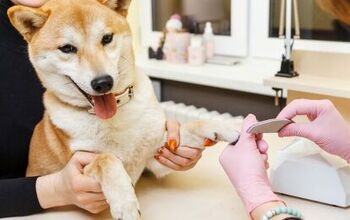News about a mysterious illness has been making dog parents across the country nervous as they seek out available information. While there have been reported advances made in understanding the cause of the illness, many of the details are still vague, and a lot of “data” being shared by the mainstream media seems to be contradicting. How do you know what to believe?To help clarify the sea of information, Louisiana State University School of Veterinary Medicine has published an educational hub on their website with information about the illness, Atypical Canine Infectious Respiratory Disease Complex (aCIRDC).This hub is divided into several categories: Prevalence, Clinical Signs, Pathogenesis, Screening, Treatment, Prevention, Travel, and News. The goal is to share reliable and actionable information for pet parents that will help them make smart, knowledge-driven decisions about their pet’s health, especially as we head into a busy time of travel during the holiday season.Reported Cases of IllnessAccording to the hub, there are currently reported cases of “a chronic respiratory disease with characteristics of aCIRDC” in 16 different states, including:CaliforniaColoradoFloridaGeorgiaIdahoIllinoisIndianaMaineMarylandMassachusettsNew HampshireNevadaOregonPennsylvaniaRhode IslandVermontWashingtonOne of the most important things to note is the wording used by LSU Vet Med. This list is based on reported respiratory illnesses that have characteristics of the mystery illness, but it does not mean that the disease itself has been confirmed. Many respiratory infections and ailments present with very similar symptoms, including Canine Influenza and Bordatella.How to Prevent Illness in Your Dog This Holiday SeasonWhile there is no guarantee that the above states pose a higher risk of aCIRDC, veterinarians and other professionals recommend that pet parents take precautions to keep their pets safe. This is especially important as many of us plan to travel and visit family for the holidays. The following recommendations (as outlined by LSU Vet Med) will help to prevent your dog(s) from getting sick from any respiratory ailment, not just aCIRDC.Ensure Vaccinations are Up to DateWe currently don’t have enough understanding of aCIRDC for a preventative vaccination, but there are vaccinations for some respiratory illnesses. Check with your veterinarian that your dog is current on all routine vaccinations.Limit Exposure (Where Possible)If possible, avoid or limit bringing your dog to areas that put them at a higher risk of contracting a respiratory illness. This includes dog parks or shelter environments. Have a conversation with boarding and training facilities where dogs socialize to better understand their preventative measures, including cleaning and sanitization efforts. You should also ask about the vaccine requirements for dogs in their care and their plan for handling animals that show signs of being ill.Isolate Dogs with Signs of IllnessIs your dog showing signs that they may be ill? If so, isolation is critical. Don’t bring a potentially sick dog to public spaces, and do your best to keep them safely isolated from any other unaffected dogs in your home.












